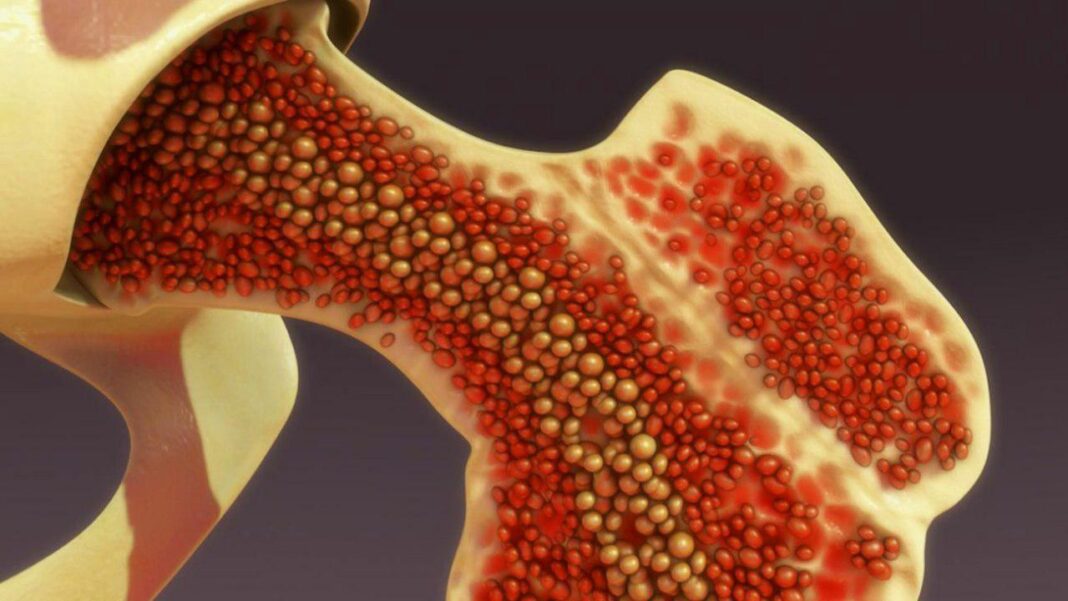Bone marrow is the main place where blood cells are produced, and, hence, is regarded as one of the key parts of human body.
Bone marrow transplant is an operation where the bone marrow of the patient is replaced by healthy bone marrow, so that the patient will be able to receive high doses of chemotherapy or radiotherapy drugs. The transplant is done using different methods, and has side effects as well. The rate of success for bone marrow transplant depends on the kind of disease, the age of the patient, the type of transplant operation and the stage of the disease.
The first bone marrow transplant surgery was successfully performed in 1986. Ever since, the bone marrow transplant operation has been used for the treatment of several diseases, including aplastic anaemia (disability to produce new tissues), blood cancer, bone marrow cancer, immune system disorders, lymphoid tissues tumours such as Hodgkin’s lymphoma, and some hard tumours such as the ones associated with breast and ovarian cancers.
For a more detailed review of Iran’s achievments in various fields of science and technology, check the book “Science and Technology in Iran: A Brief Review”, released by the Science and Technology Department of the Iranian President’s Office.
For the bone marrow transplant operation, the donor must match the receiver. Generally, brothers and sisters of the person who needs to receive bone marrow match. In the recent decade, many countries have established bone marrow banks, so that it would be possible to find matches for patients who cannot receive bone marrow from relatives. The most common types of bone marrow transplant include:
- Autologous: In this type of operation, the patient receives bone marrow from his or her own body. In this method, the bone marrow is extracted from the patient and exposed to anti-cancer drugs, so that its malignant tissues are killed. Then the final product is frozen and preserved.
- Syngeneic: In this method, the patient receives bone marrow from another member of a similar twin. Here, all bone marrow tissues in the patient’s body are killed using a large amount of anti-cancer drugs with or without radiotherapy. Then, healthy bone marrow is extracted from the organ of a similar twin whose tissues are very similar to those of the patient’s body.
- Allogeneic: the patient receives bone marrow from a person other than himself/herself or similar twin (such as brother, sister or either parent, or somebody who is not related to the patient at all). The donor’s tissues should closely match those of the patient.
After the provision of bone marrow through one of the above-mentioned methods, the patient is given large amounts of chemotherapy drugs with or without radiotherapy, so that his/her remaining bone marrow is destroyed. In the last stage, healthy bone marrow is heated and injected into the patient’s vein with a syringe to replace the destroyed bone marrow.
After bone marrow enters the blood current, the transplanted tissues are directed toward the location of the bone marrow and begin producing new white and red blood cells as well as platelets.
The side effects of bone marrow transplant and stem cell transplant operations are infection, bleeding, nausea, vomiting, fatigue, anorexia, mouth ulcers, hail falling and skin reactions.
A successful operation can be performed on a person who is in good condition both physically and mentally because this surgery has complex stages which the patient should be able to pass through.
